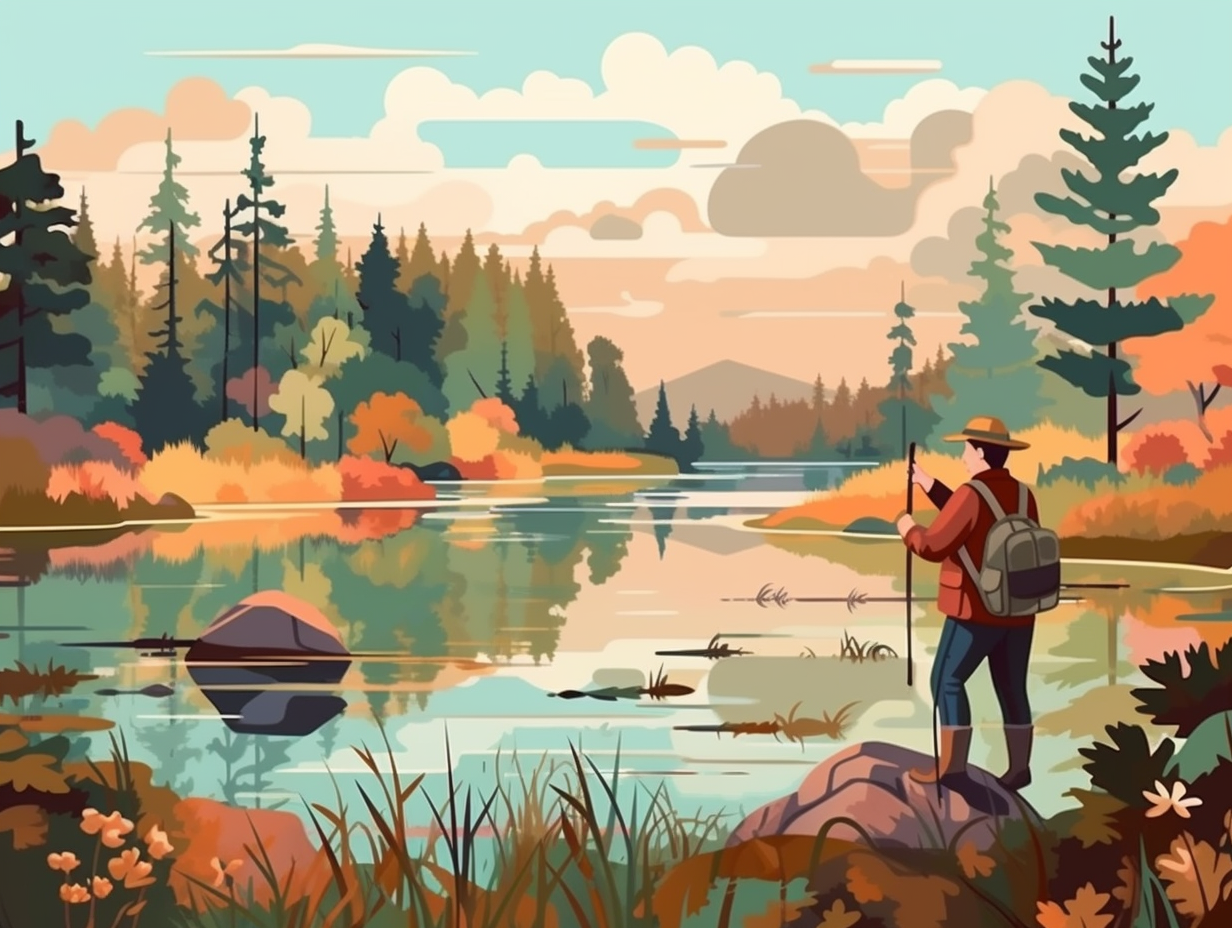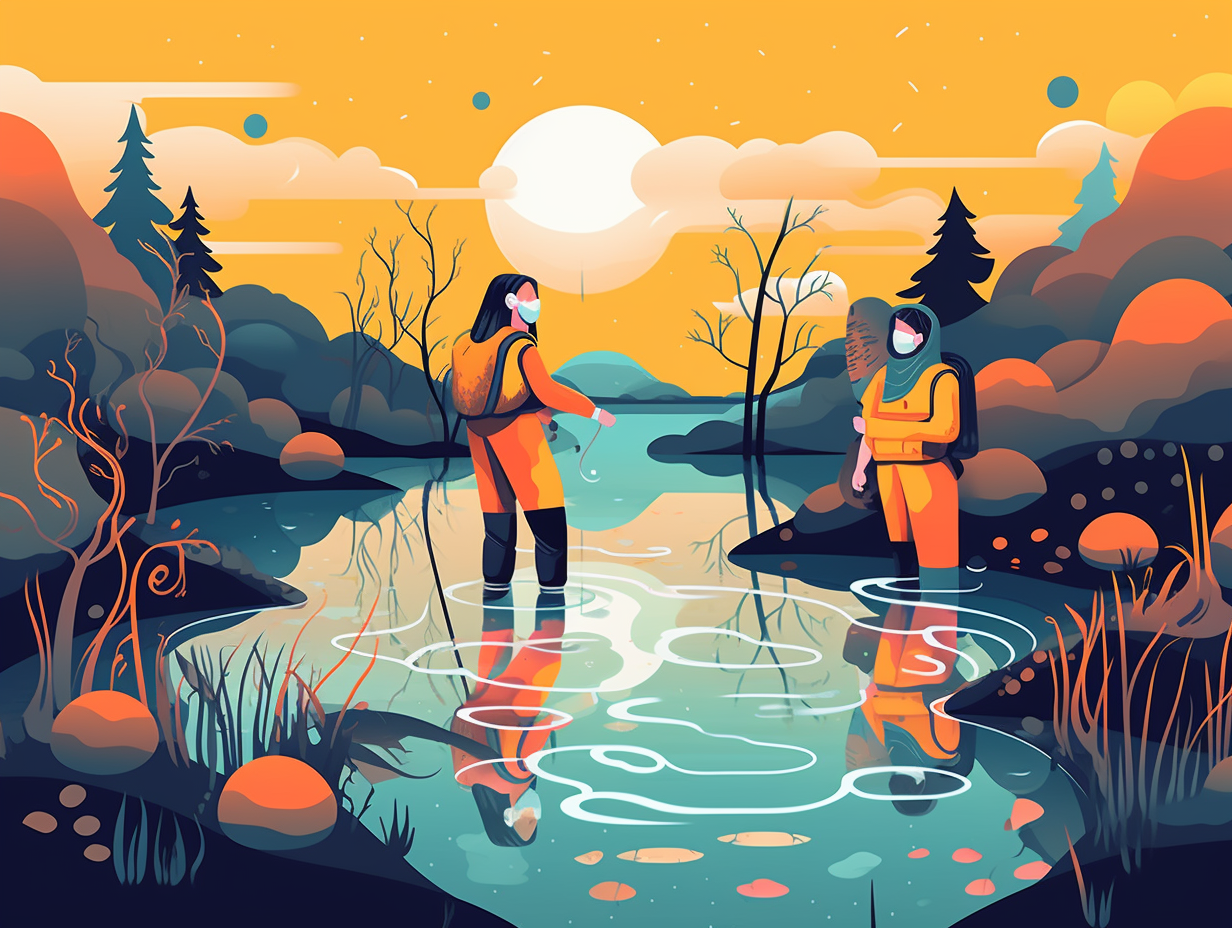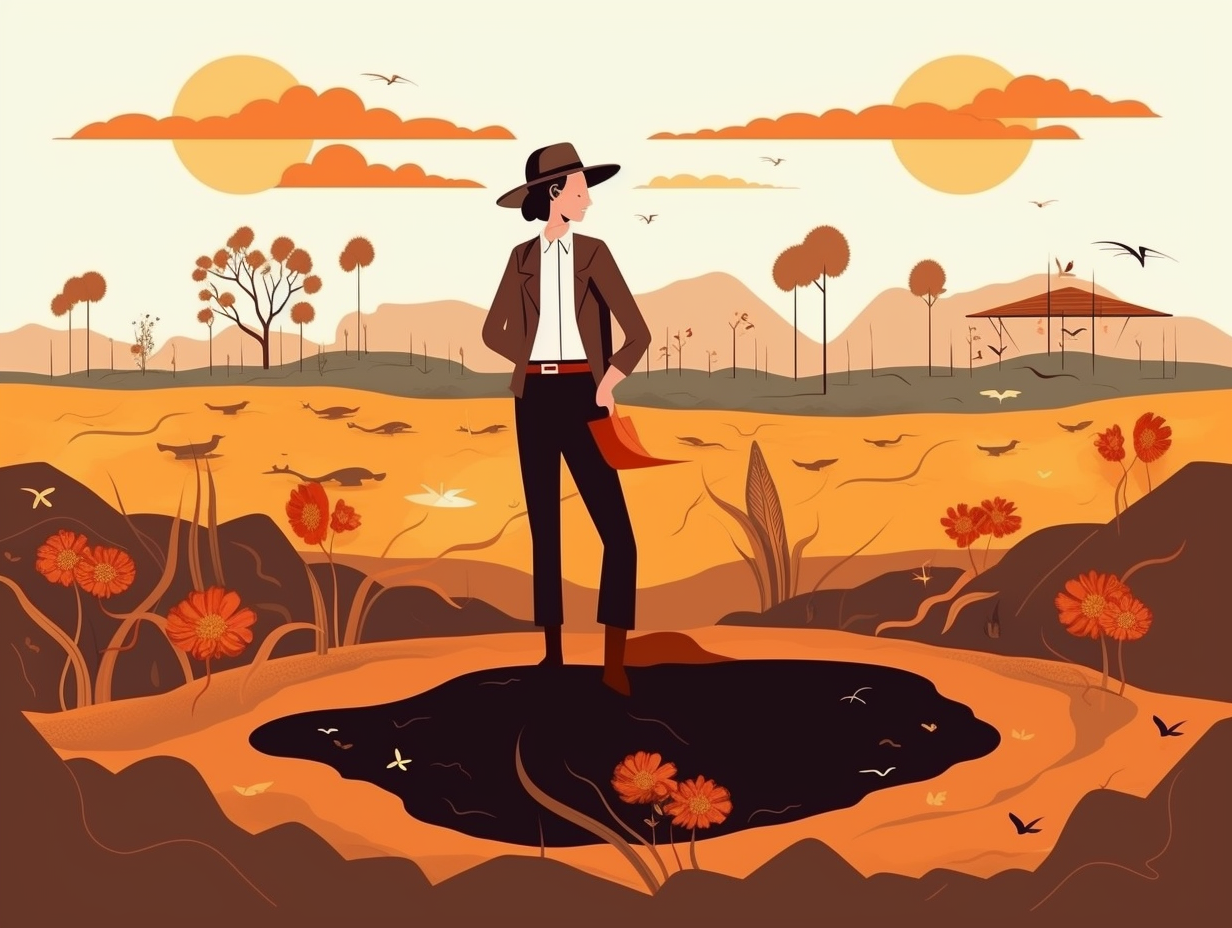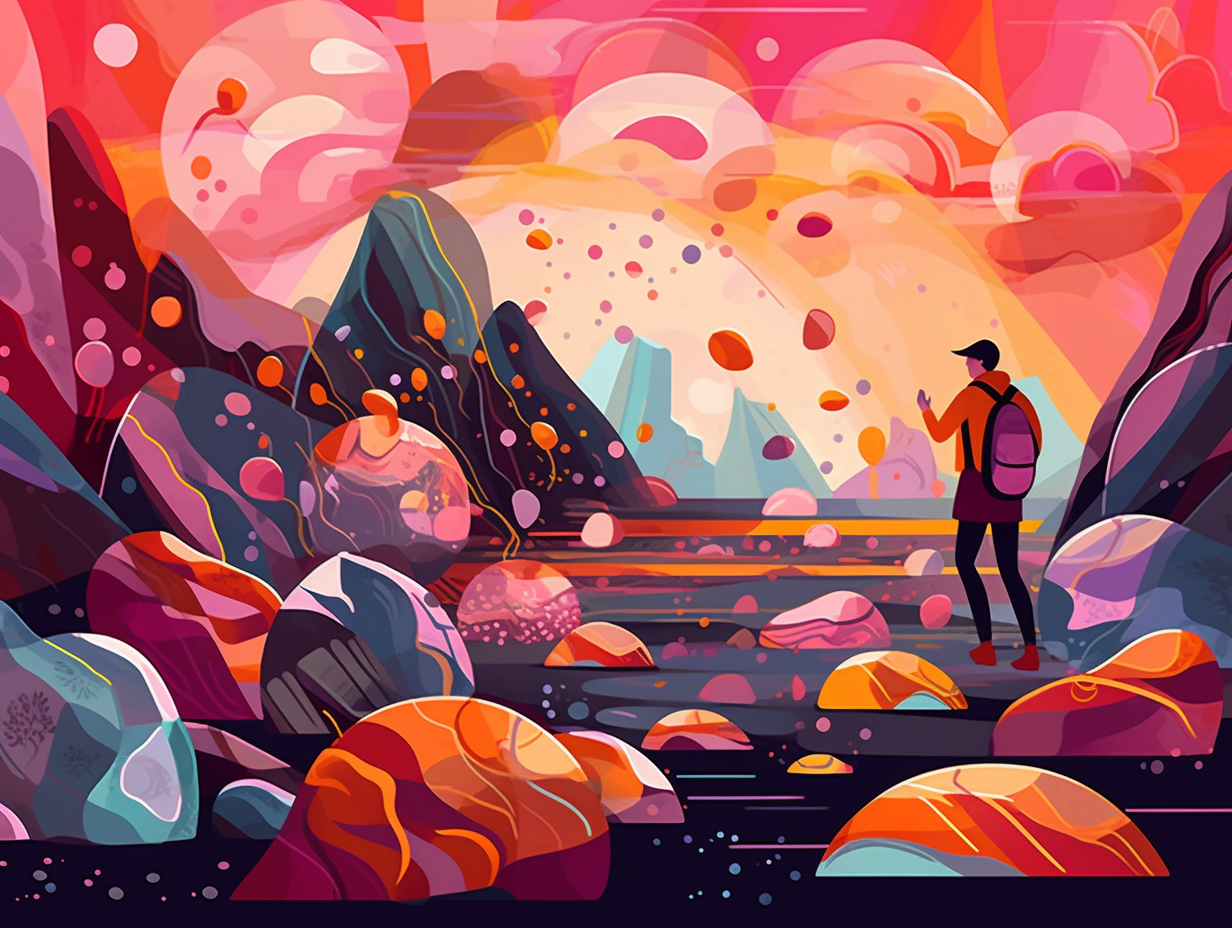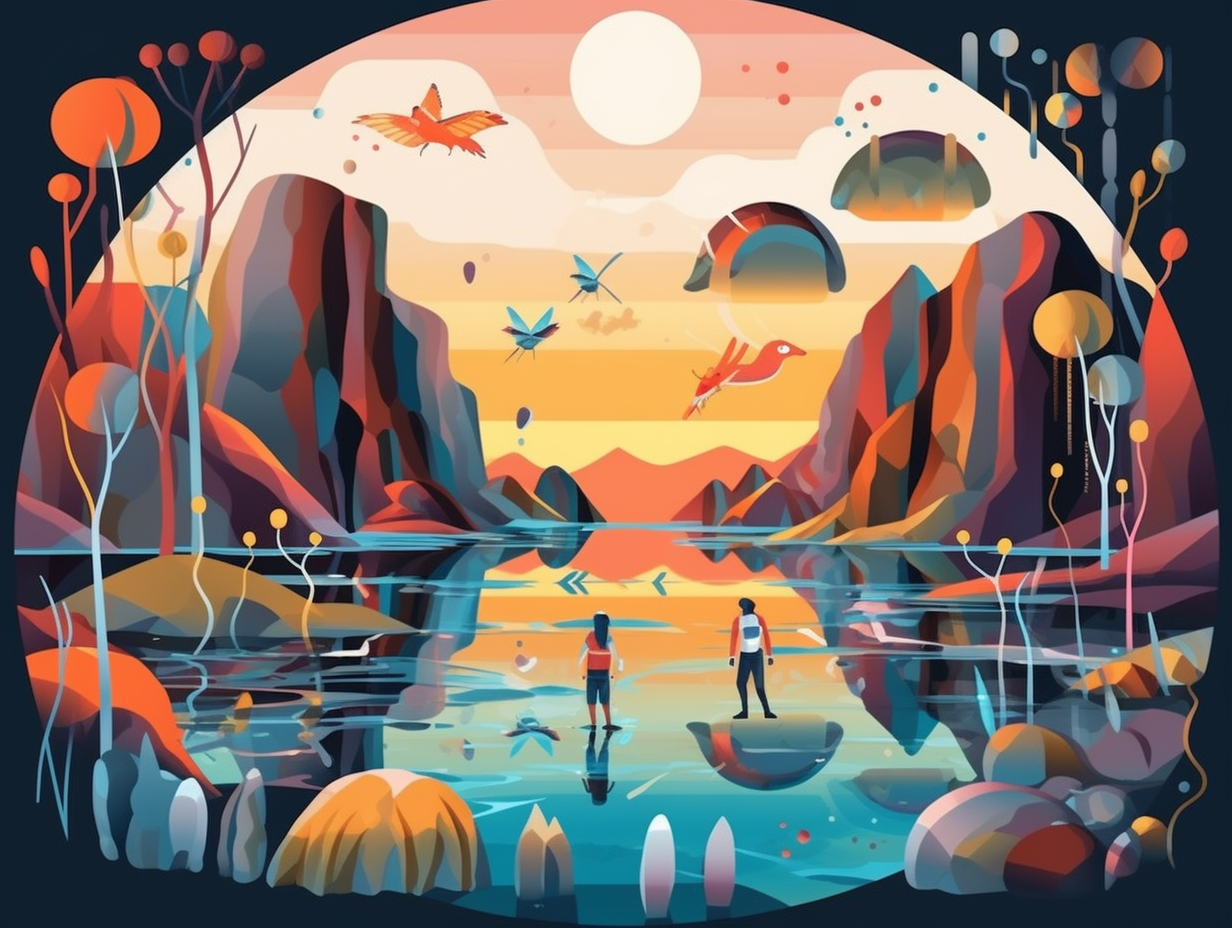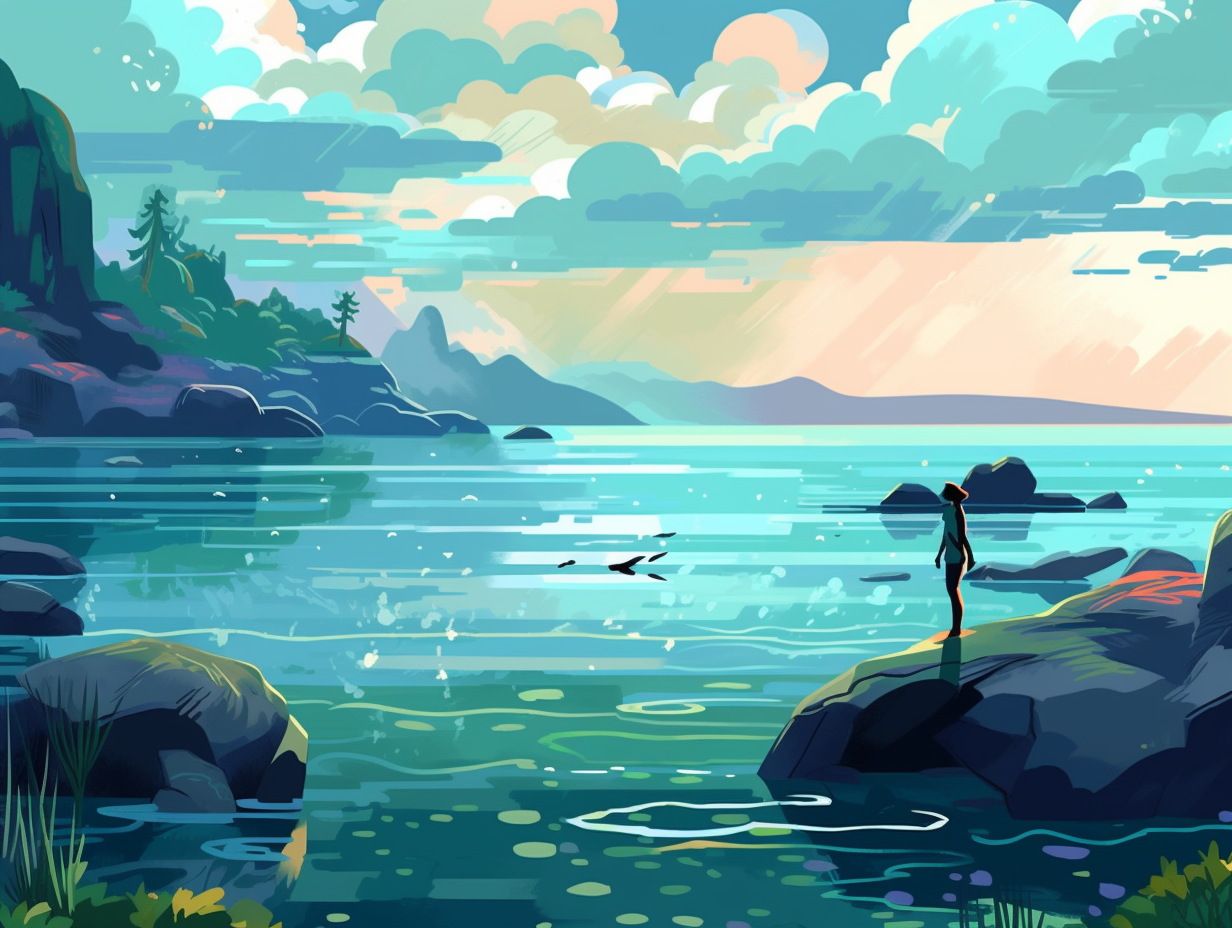Discover Earth's Secrets: Top 10 Fun Facts About the Biosphere You Won't Believe!

1. Earth's Apple-Sized Biosphere
If the Earth were an apple, we'd be living on its barely-there skin! How 'bout them apples: In reality, our biosphere is but a thin layer with the Earth's atmosphere stretching around 62 miles and the crust measuring between 20-30 miles. So, if you were standing on an apple-sized Earth, you'd be a minuscule 4 nanometers tall - invisible even to the most high-tech optical microscopes! Talk about feeling small in the grand scheme of things.
Source => reddit.com
2. Topsoil's Microbial Nightclub
Who knew dirt could be so full of life and lively parties: One teaspoon of topsoil is home to about 1 billion microscopic cells and approximately 10,000 species of partying microbes, taking care of vital activities like nutrient cycling, protecting plants from illness, and environmental purification. In fact, they store over three times more carbon in the soil compared to our atmosphere, but as temperatures rise, these little critters respire more, releasing more CO2 and methane, potentially crashing the carbon banking system.
Source => ceh.ac.uk

Did you know? Bees pollinate 70 of the top 100 human food crops, providing 90% of our nutrition! But their population is in danger, which could impact our food supply. 🐝🌼
=> Fun Facts about The-Environment
3. Indoor Water Consumption Woes
When it's raining cats and dogs we hardly think of saving ducks: Over 70% of the average American family's water consumption takes place indoors, highlighting the importance of finding more efficient ways to use water in our homes to support a sustainable future.
Source => epa.gov
4. Blackfin Icefish's Trendy Traits
Who needs tomato soup when you've got ice-cold, clear blood? That's right, the Antarctic blackfin icefish said "no thank you" to the classic red blood cell look: Sporting see-through blood, thinner bones, supersized gills, and a heart four times the size of their more mainstream relatives, these fashion-forward fish can not only glide effortlessly in icy waters but also provide valuable insights into bone density loss and adaptive physiological traits.
Source => nytimes.com
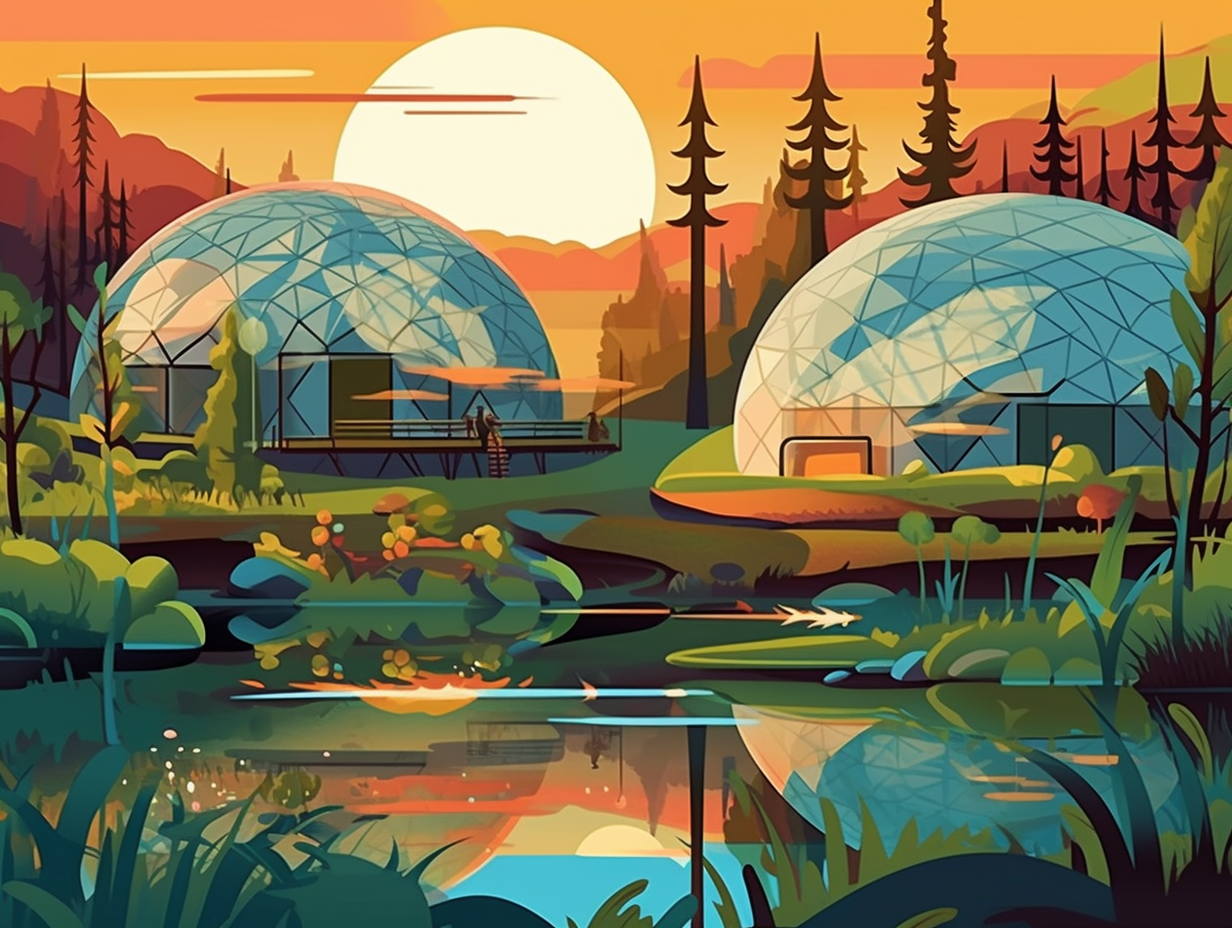
5. Bacterial Vs. Human Cells Ratio Revelation
Remember that one time you felt outnumbered at a party? Well, get ready for the real-life odd-one-out story happening inside your own body: A recent study has debunked the myth of the 10:1 bacterial to human cell ratio, revealing that the actual figure is a nearly 1:1 ratio, with a "reference man" harboring 3.8 x 10^13 bacterial cells and 3.0 x 10^13 human cells – majority of them throwing their own party in the colon, skin, and mouth!
Source => ncbi.nlm.nih.gov
6. Cave Boogers' Surprising Side Hustle
Ever heard of cave boogers with a serious side hustle? Deep down in the sulfide-rich limestone caves, these slimy formations called snottites along with vermiculations and gypsum crusts are the life of the party: These specialized biomes are teeming with extremophilic Thiobacillus microorganisms that orchestrate sulfuric acid-driven speleogenesis, creating and enlarging the caves while somehow thriving in the absence of sunlight and amidst fluctuating concentrations of atmospheric H2S and low oxygen levels.
Source => microbewiki.kenyon.edu
7. Plants Dominate Earth's Biomass
Move over, bacteria, because this green party is leafing you in the dust: Plants make up a whopping 80% of the Earth's biomass, while bacteria only account for 15% and fungi and other groups trail behind at less than 10%. So next time you're lost in the woods or chilling in a meadow, know that you are surrounded by the reigning champs of the biosphere!
Source => pnas.org
8. Marine Plants: Oxygen Production Champs
Whoever said "you can't sea the forest for the trees" might've been onto something: Marine plants, including phytoplankton, generate 50% to 85% of Earth's oxygen through photosynthesis, while rainforests produce a comparably puny 28% of our global oxygen supply.
Source => nationalgeographic.org
9. Ocean's VIP Sunlit Zones
"Dive into the depths of marine real estate, where sunlight is the ultimate VIP that rarely goes deeper than 200 meters: The ocean is divided into three zones - euphotic, dysphotic, and aphotic - based on depth and light penetration, with fascinating names like midnight, abyss, and hadal describing the deeper, darker zones beyond 1,000 meters."
Source => oceanservice.noaa.gov
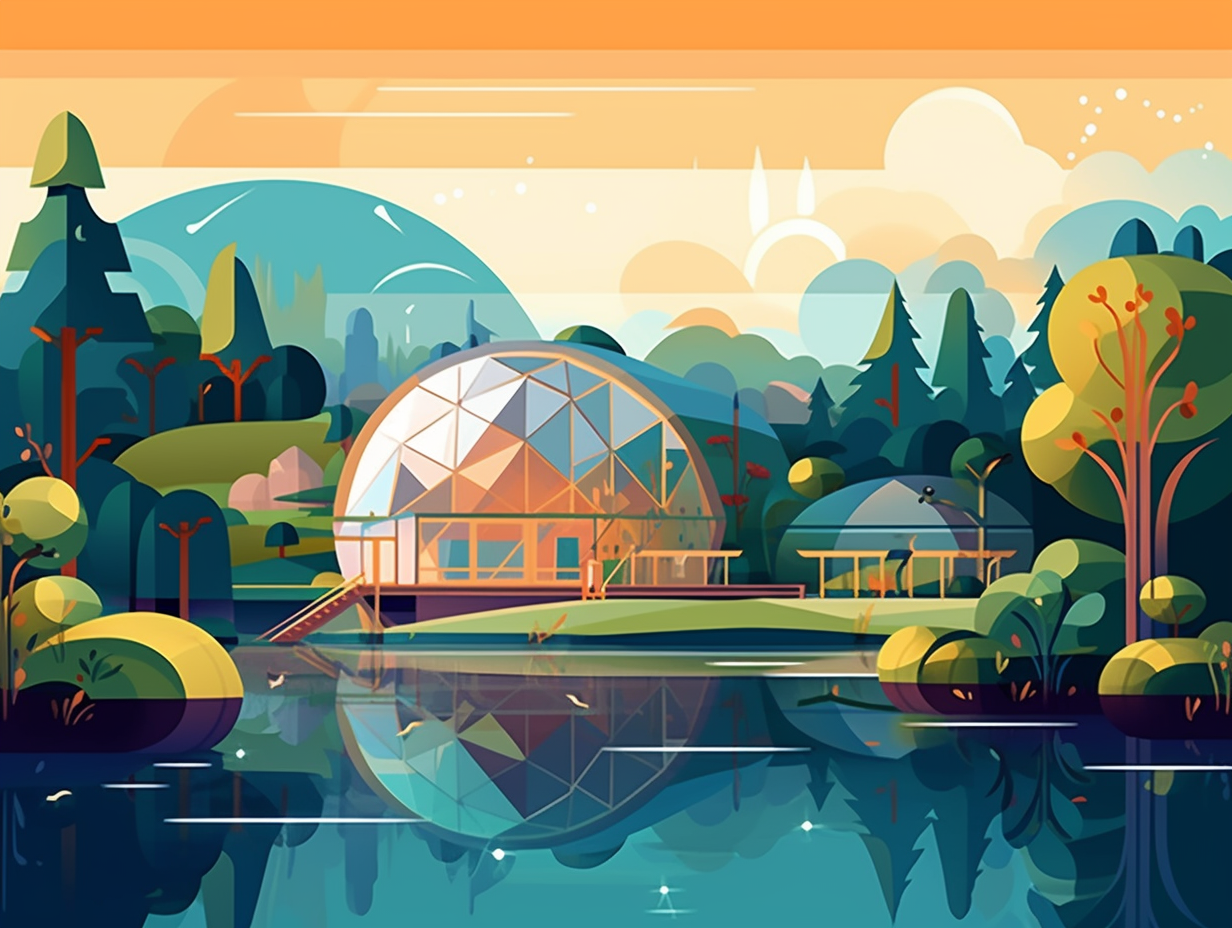
10. Leafy Neighborhood of the Phylloplane
Leaf it to the tiny tenants of the microbe microcosm to turn the surface of leaves into the ultimate biological block party: The phylloplane is home to a diverse community of bacteria, fungi, and other microorganisms that thrive in challenging conditions and form complex, cooperative relationships, all while competing for space and essential nutrients.
Source => ncbi.nlm.nih.gov
Related Fun Facts


